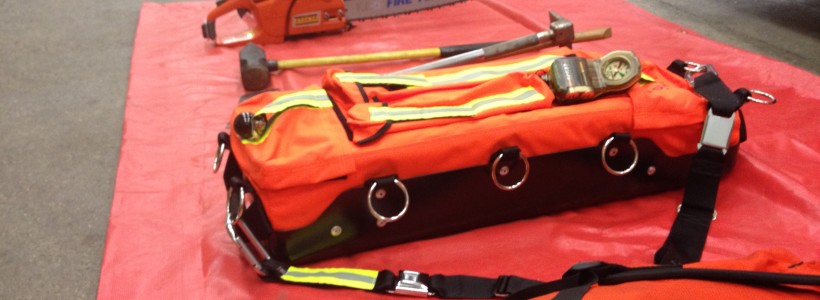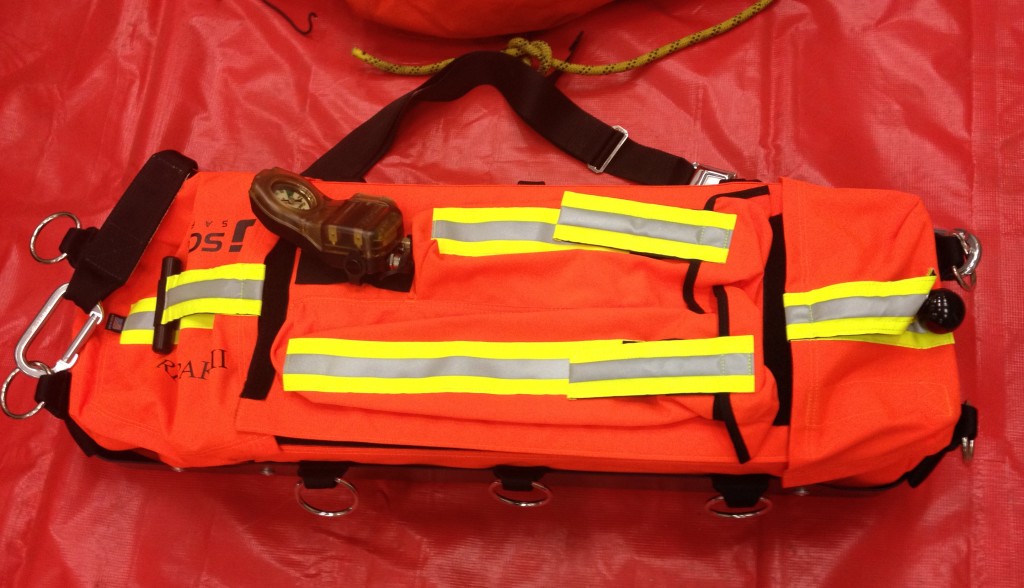5 Must Have Tools For Firefighter Rescue – Part 4
In the final part of this series, we are going to look at two tools that will round out our equipment cache for RIT, tools which may be the most important tools we can keep in our RIT toolbox.
Tool # 4 – Thermal Imaging Camera (TIC)
Thermal imaging technology is relatively new to the fire service, but since we have begun using TICs, we have mainly focused on using them for two purposes: finding victims and overhaul operations. The TIC does a great job in helping us with these tasks but for the RIT, a TIC can do so much more.
Simply put, TICs can allow us to see how air is moving toward and away from the fire. The ability to identify the flow path — or potential flow path — is invaluable knowledge for the RIT. The TIC can give us that information; the RIT officer should constantly monitor the TIC, especially during a RIT activation.
(For more information about flow paths and air movement in fires, check out this podcast with Chief Joe Starnes.)
Tool #5 – Secondary Air Supply
The final tool to place in the toolbox is a secondary air supply. Most of us refer to this as a RIT-PAK or a RIT Bag. The ability to provide emergency air is vital for RIT operations.
A downed firefighter may experience any number of SCBA emergencies. To meet this need, most commercially available RIT-PAKs contain the following:
- a spare mask
- high and low pressure hoses
- a spare regulator.
One person on the RIT should be assigned to air management. This individual carries the responsibility of managing the RIT-PAK and placing it into service.
In addition to having the capability to provide emergency air, the RIT-PAK is an excellent place to carry additional items such as a search rope, door chocks, or other tools that the RIT deems necessary.
Putting It All Together
The key with all RIT tools is to train with them in the most stressful conditions possible. When we are called to put RIT tools into service, it will be during situations that will push us to our physical and mental limits. The only way to prepare for this is to training accordingly!
If you have other essential RIT tools in your department, let us know in the comments below.
Photos courtesy of Robert Simmons.
Check out the complete series here!







Chief Simmons,
Some other tools that you may want to consider would be power saws, a hand line, stokes basket, rope bag, webbing, and a 6′ hook. It all really depends on the type of structure that your are working with. Larger commercial buildings may require more equipment and possible additional RIT Teams.